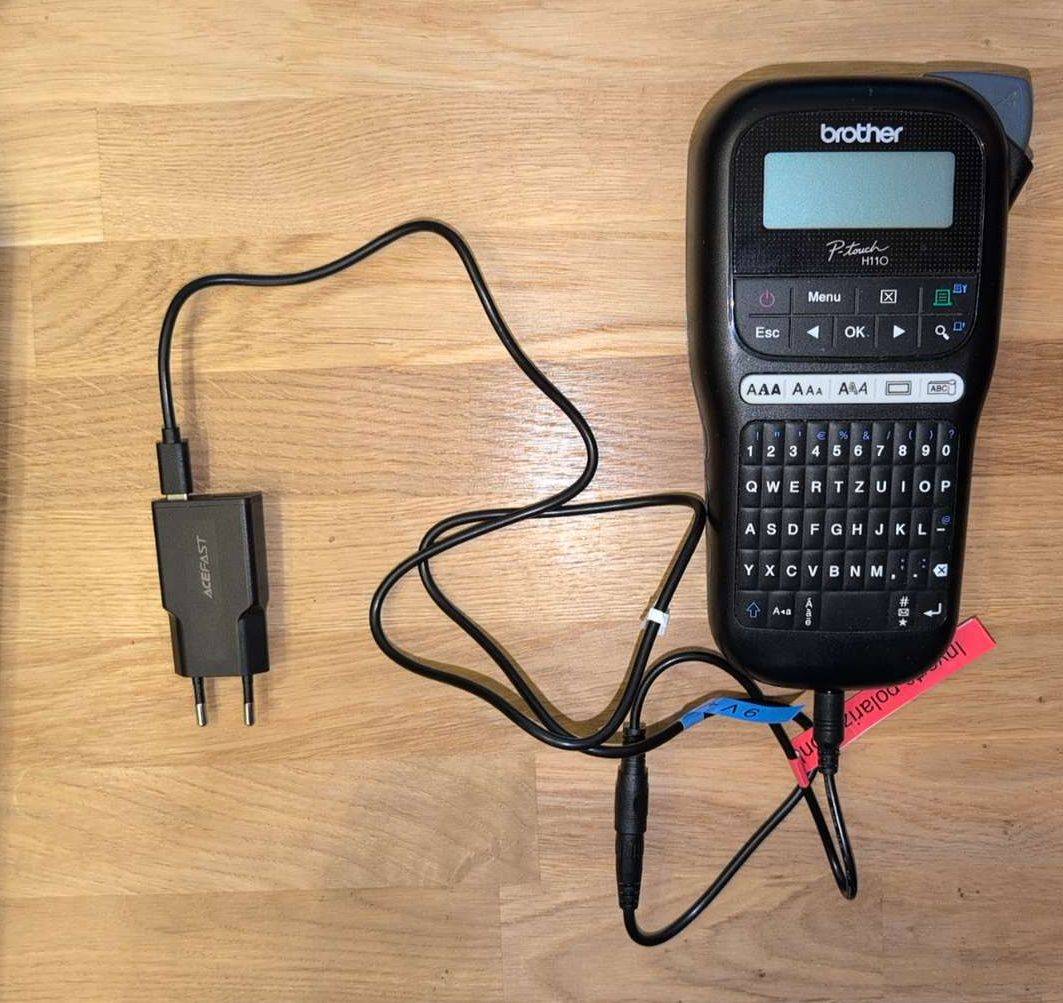Ditch the brick
Ditch the Brick: USB-C Power for (Almost) Everything
Over the past year, I’ve been quietly phasing out the jungle of dedicated power supplies around my desk. You know the ones — chunky bricks with weird barrel jacks, locked to a single device. Instead, I’ve gone all in on USB-C power delivery.
The magic ingredient? Those little USB-C to barrel jack adapter cables with built-in PD trigger chips. They can negotiate specific voltages like 5V, 9V, 12V, 15V, or even 20V from any PD-compliant USB-C power source, then step it out to whatever plug your device needs. Suddenly, that label printer, router, or external drive can run off the same USB-C supply as your laptop or phone.
I pair them with compact USB-C power bricks — my favorite is just slightly bulkier than a standard Europlug. Crucially, it’s slim enough that I can stack multiple side by side on a power strip without sacrificing outlets. No more chunky wall-wart Tetris.
That said, I haven’t ditched all dedicated supplies. USB-C multiport chargers are amazing — until they’re not. Most of them briefly cut power to all connected devices when you plug in something new, as they renegotiate power allocations. It’s a small hiccup, but one that could crash a Raspberry Pi or reset a network device. So for always-on gear, I still run one supply per device — just ones that speak USB-C.
It’s not quite the universal charging utopia, but it’s close — neater, modular, and far easier to replace or scale. If you haven’t tried this approach yet, grab a USB-C PD trigger cable and one good compact charger. You might be surprised just how many devices it can power.
Let me know if you’d like a version tailored to a specific audience like makers, IT folks, or travelers.

Share on
X Facebook LinkedIn BlueskyComments are configured with provider: disqus, but are disabled in non-production environments.